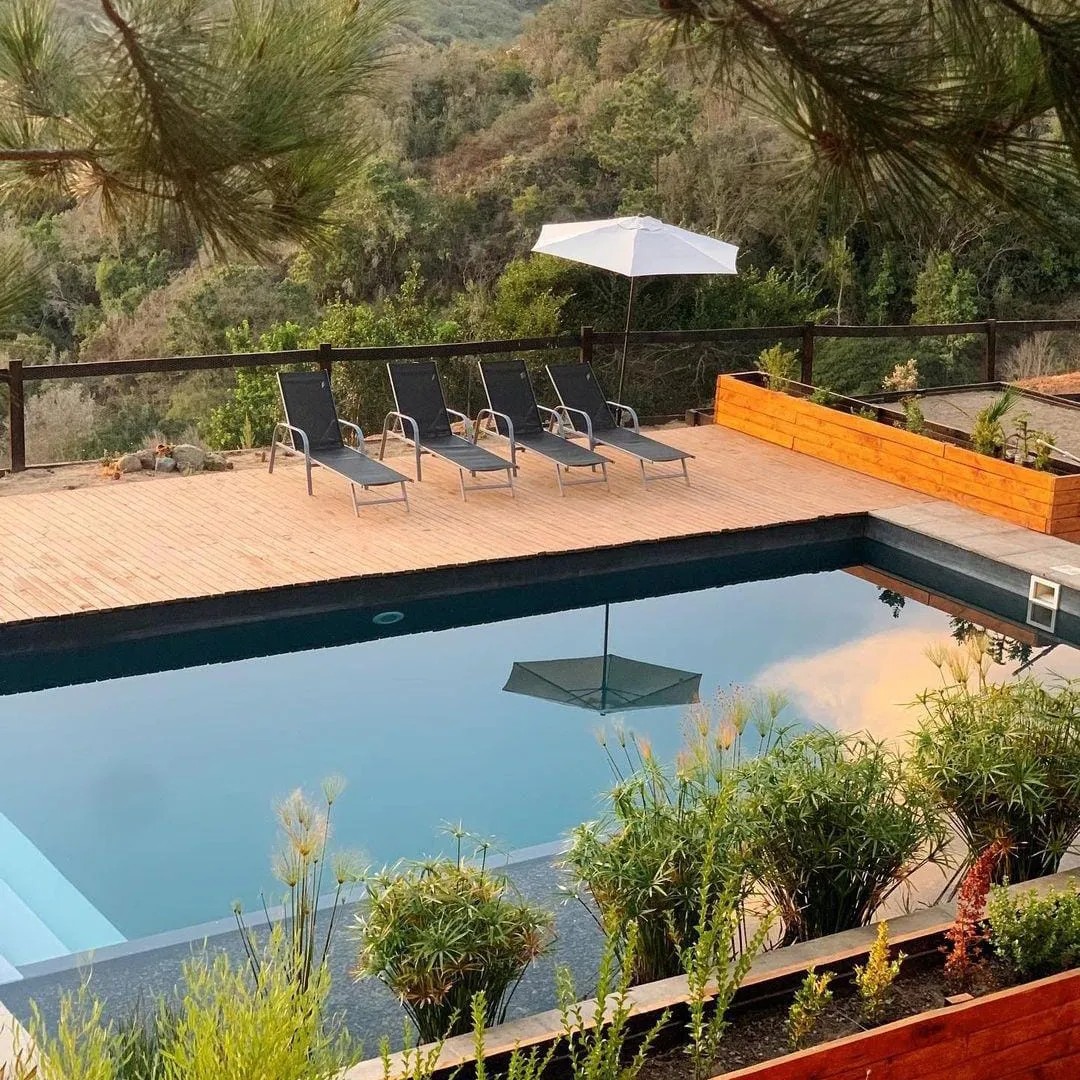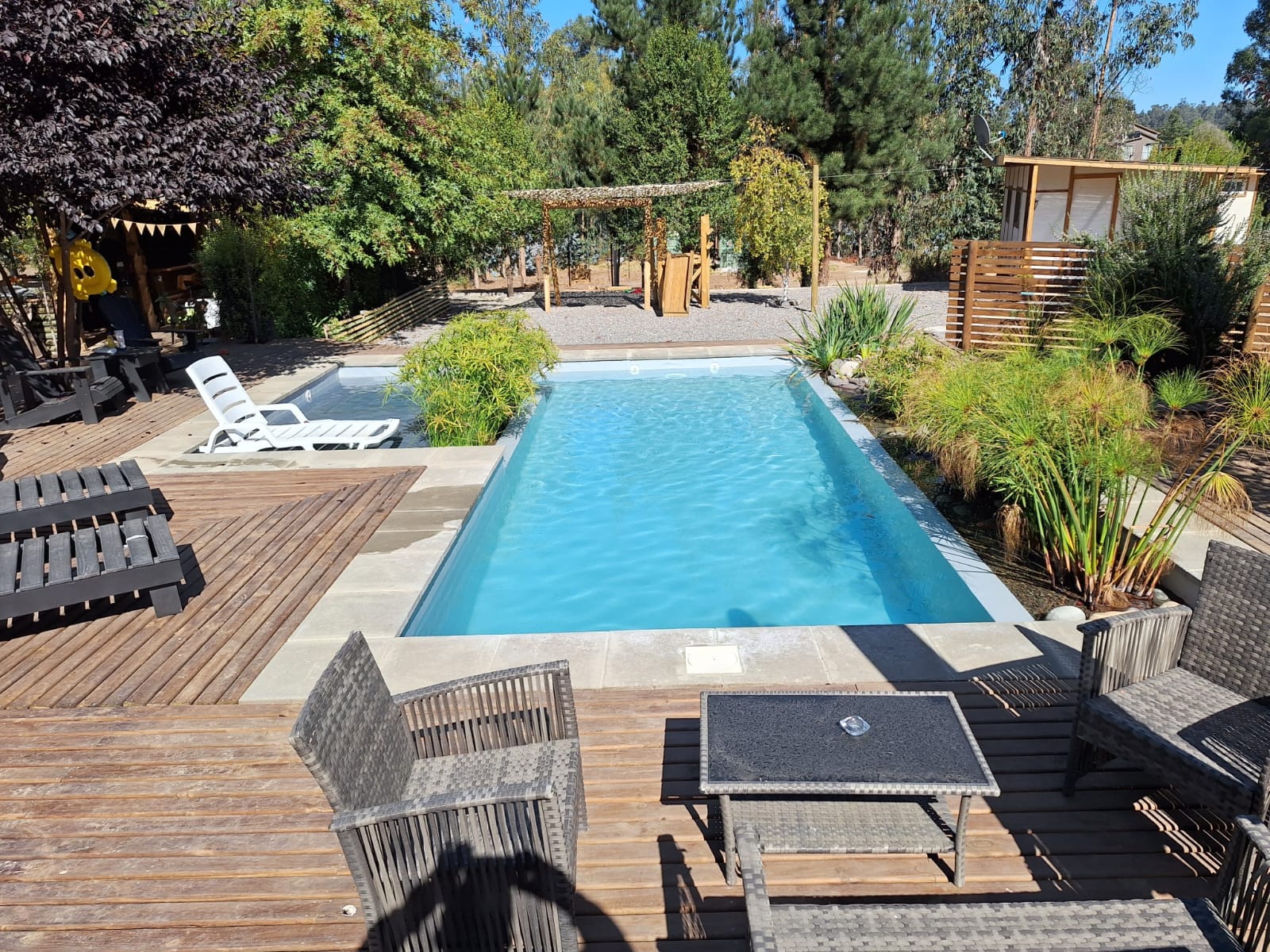As a stunning master-planned community, Monterra boasts an ideal location, just northeast of Dallas. Besides taking advantage of all the benefits that living near Dallas can provide – think entertainment, sporting events, cultural centers, and employment opportunities – life at Monterra is designed to have a peaceful atmosphere that comes from natural surroundings and a small-town ambiance. Underscored by its many upscale resort amenities and the convenience and availability of nearby services, Monterra is the kind of community where families come for a visit and decide to stay.
Monterra is a well-designed and vibrant community. Attention to detail has been built into every element. There are many green spaces for congregating, hiking, or biking. In addition, Monterra is just a mere 10-minute drive to all the recreational opportunities found at beautiful Lake Ray Hubbard, west of Rockwall on the East Fork of the Trinity River.
Locating close to a lake is a bonus for any homeowner. But did you know that building a natural pond in the backyard is one of the hottest up-and-coming trends in residential living?
What is a Natural Pool (NSP)?

A recent article in the New York Times notes that natural pools, also known as natural ponds or the acronym NSPs, are trending with environmentally-minded homeowners in part because they are filtered organically. “Unlike traditional swimming pools, which contain chlorine, natural pools rely on plants and rocks for filtration instead. An underwater retaining wall separates the swimming area from the regenerative zone, which closely resembles wetlands filled with aquatic plants like water lilies or water lotus. Pumps, and sometimes waterfalls, keep the water moving, and rocks and skimmers filter sediment and large debris.”
Natural pools are made with walls or membranes that keep out soil and silt. They can be created from scratch or even converted from an existing in-ground pool system.
In essence, building a natural pool in the backyard is like creating a micro-ecosystem. It’s truly a manmade wetland that nurtures biodiversity for aquatic plants, amphibians, insects, and fish.
What Are the Steps to Building a Natural Pool of Your Own?
There are options like DIY kits for sale and many pool companies will also discuss the scope of an NSP project. The cost is about the same as installing a traditional pool.
According to the website www.yardfocus.com, there are steps to building a natural pond environment – no matter the size. These include:
- Digging – This step is key to success in that the area needs to be deep enough to accommodate plants and creatures. Expect to line the pool with bentonite clay to create a watertight barrier and prevent seepage into the surrounding soil. A synthetic liner may also be necessary.
- Depth – Begin by measuring for the desired pond size. Excavate soil gradually and create sloping edges to accommodate wildlife (and human) exit and entry. The deepest point should be in the center of the pool and at least 18-24 inches for holding water year-round.
- Rock Removal – Remove any debris or rocks. A smooth foundation allows the clay lining to do its work.
- Bentonite Clay – When wet, bentonite clay expands and fills any gaps.
- Places to Hide – Design hiding features as shelters to attract aquatic life.
- Pebbles – Add a layer of pebbles at the edges for protection and to prevent erosion.
- Securing the Edges – Native plants like greater pond-sedge, water mint, and water crowfoot are desirable to preserve pond edges and the roots anchor the soil to stop erosion.
- Filling Up the Pond – Pond water levels rise naturally from ground water and rainwater but use a garden hose too. First, allow rainwater and add then water afterward.
- Pond Maintenance – Pond maintenance requires promoting good microorganisms, like water plants, that will prevent algae growth.
- Pick a spot that has some shade – Limiting light prevents algae growth.
When it comes to designing a natural pool, there are central issues like depth, size, and location to consider, however, the rewards of a mini wetland in your own backyard are the years of serenity that the care of a home-based sustainable ecosystem can provide.
What About Mosquitos?
According to Mick Hilleary, pond specialist and founder of Total Habitat, moving water and the natural predators of mosquito larvae that will inhabit chlorine-free water will make natural swimming pools practically mosquito free.
Total Habitat offers a free NSP how-to e-book on its website to inspire and educate eco-friendly homeowners. Click here to download the e-book.
Natural Surroundings

One of the long-lasting effects of the pandemic was a renewed appreciation for owning homes that became nurturing environments – both indoors and outdoors. At Monterra, there are so many ways to explore the beauty of nature and even a resort style swimming oasis to be shared with families and friends.
The benefit of adding a natural pool to your own backyard could be the hours of tranquility and daily stress relief it can provide. The natural pool owners say that they can feel themselves relaxing just by sitting near their ponds. Children really love natural pools too and become little scientists when investigating the aquatic life of their ponds. Natural pools are almost maintenance free and become a focal point for backyard entertainment while also supporting biodiversity and an appreciation of nature.
Nature or Nurture or Both?
Living at Monterra is making a choice for a less stressful, more nurturing home environment. To appreciate all the natural beauty that this master-planned community has to offer, come see it for yourself. Click or call to schedule an appointment.